‘Going green’ is no longer just how you feel when someone else gets a coveted concert ticket. As our understanding of climate change improves, venues, artists and audiences are seeking eco-friendly ways of making music. Milan’s La Scala is set to install solar panels on the roof of its new office tower; Sydney Opera House has built an artificial reef in its surrounding waters to nurture marine life; and Glyndebourne has its own wind turbine. Shortly before the pandemic, HarrisonParrott, the artist management agency, announced it was reconsidering how best to organise travel for its musicians, with some, such as violinist Patricia Kopatchinskaja, promising to journey by rail rather than air whenever possible.
Read Patricia Kopatchinskaja reviews here
Even musical instruments themselves are coming under scrutiny, as makers and players strive to ensure materials are sustainable and processes are responsible. Yamaha, for example, has a newly established team monitoring the organisation’s use of timber, particularly that from rare trees such as African blackwood, which is used for woodwind instruments.
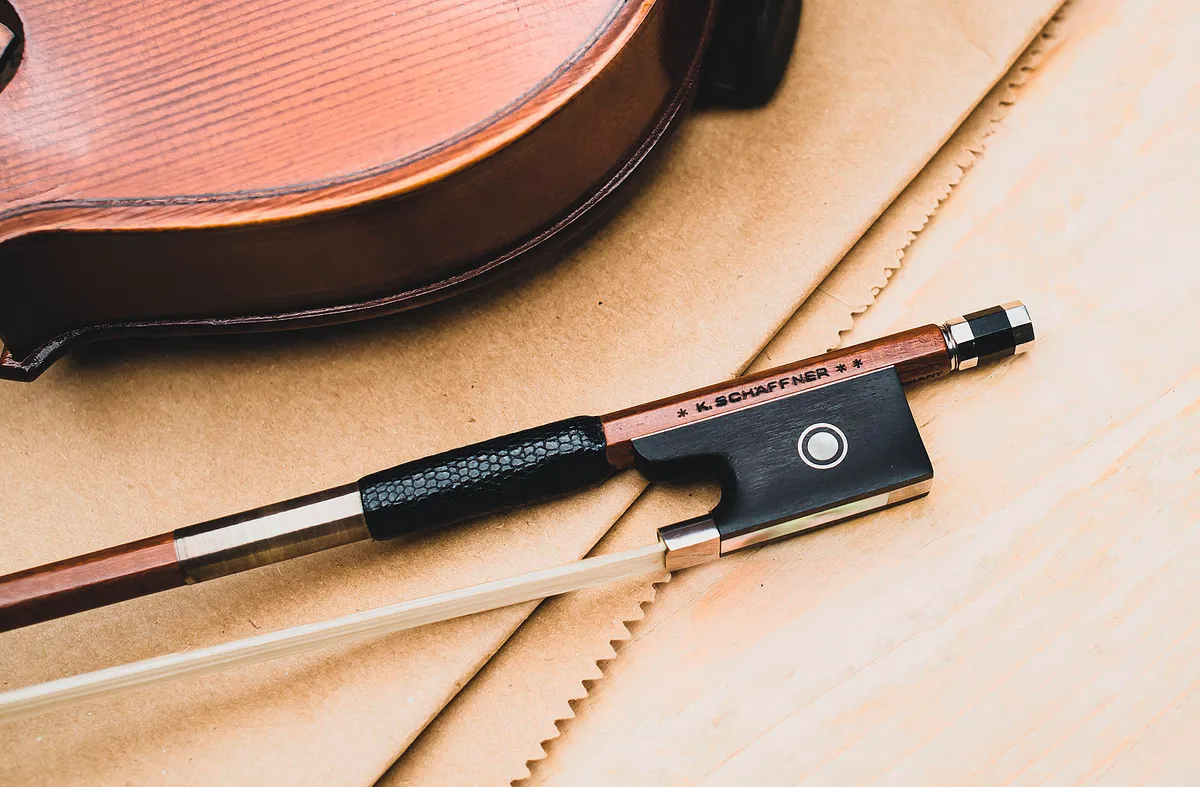
Once an instrument has been made, it is important that it has the longest lifespan possible. The same guidelines apply as elsewhere – the most environmentally friendly items are the ones that already exist and so buying second-hand and repairing old instruments is encouraged. But even those that mature with age need ancillary pieces – such as bows – replaced regularly. ‘Older bows lose their flexibility,’ explains cellist Matthew Barley. ‘I watched [violinist] Maxim Vengerov try out a bow once and the first thing he checked was the bounciness.’
Violinist Viktoria Mullova agrees: ‘Even if you’re playing a Stradivarius, the type of bow will impact on the sound. I know immediately when the bow touches the strings whether it will work for me.’ It all sounds a little bit like Hogwarts students visiting Ollivanders to choose their wands. But, while the wandmakers in Harry Potter could chose from a variety of woods – cherry, blackthorn, willow and, famously, elder – elite bowmakers favour one particular tree found only in Brazil.
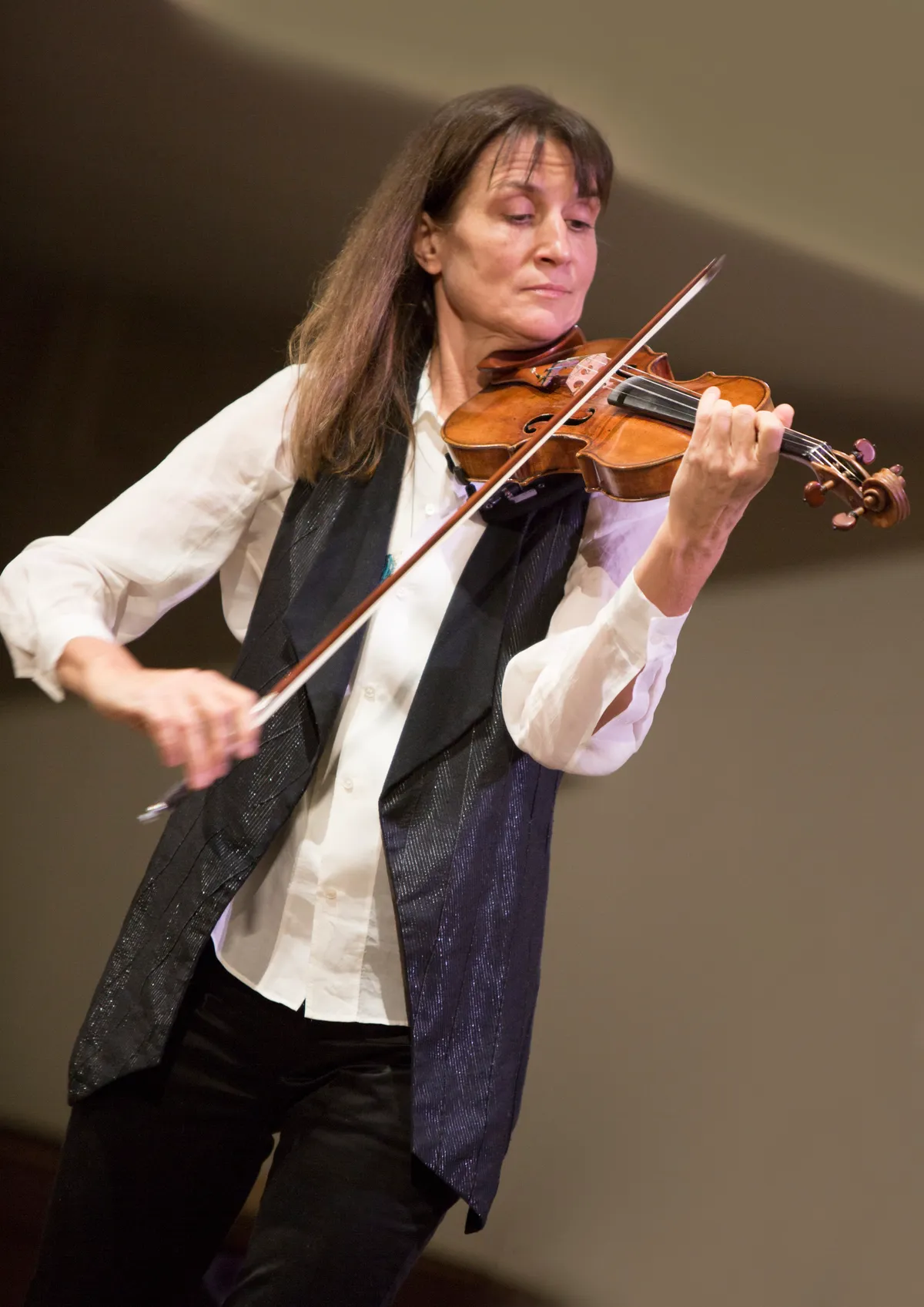
Pernambuco (also known as brazilwood) was championed in the mid-18th century by bowmaker François Xavier Tourte and violinist Giovanni Battista Viotti, who declared ‘Le violon, c’est l’archet’ (‘the violin, it is the bow’). Pernambuco is now used by makers across the world, favoured for its rare ability to hold a fixed curve. But illegal deforestation has meant that pernambuco is now an endangered species, and Brazil’s Atlantic Forest, the tree’s native and only habitat, has shrunk to just six per cent of its original size. In 2018, over 20,000 violin bows made with illegally logged wood from the black market were seized. It’s likely that without intervention, the pernambuco could be wiped out within a decade.
Barley and Mullova are among a collective of musicians and makers who are campaigning to raise awareness of the plight of the pernambuco. Trees of Music aims to plant 50,000 pernambuco saplings, reforest 150 water springs and train 70 farmers to cultivate sustainable pernambuco. It seems too obvious to ask, but can’t we simply use a different material? ‘Bowmakers have experimented,’ says Barley. ‘A steel bow was invented in the early 20th century, and I have a carbon-fibre bow which works well on my electric cello, but so far the bows made of anything other than pernambuco are not of the same quality. Pernambuco is incredibly strong yet has this amazing elasticity.’ For added complexity, pernambuco is also sometimes used for tailpieces and, in the case of Mullova’s violin, the chin rest.
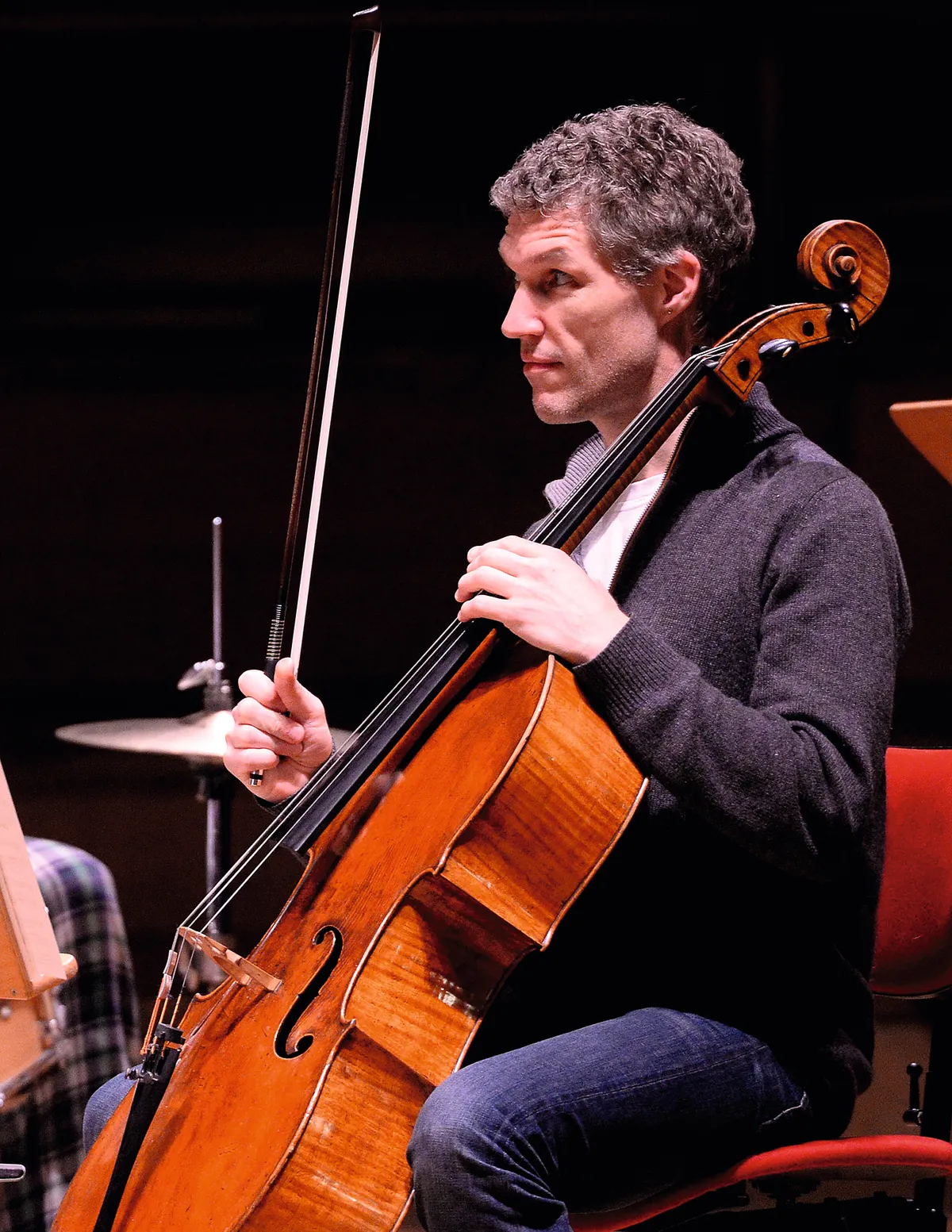
It is not only pernambuco that is in short supply. Global levels of zinc, used in brass instruments, are rapidly diminishing. Reflecting that the trombone hadn’t changed much since its early beginnings as a sackbut some 400 years ago, Steven Greenall and the co-founders of Warwick Music set about developing a new model – out of plastic. ‘The trombone is the heaviest instrument to be held with one hand,’ says Greenall, who has played the instrument since childhood. ‘We wanted to make it lighter, more accessible and ultimately, more sustainable.’ Together with his colleagues, Greenall came up with the pBone, a brightly coloured plastic trombone that has since been sold to over 250,000 aspiring players. ‘Eighty per cent of children in the UK who start learning the trombone play our instruments,’ says Greenall.
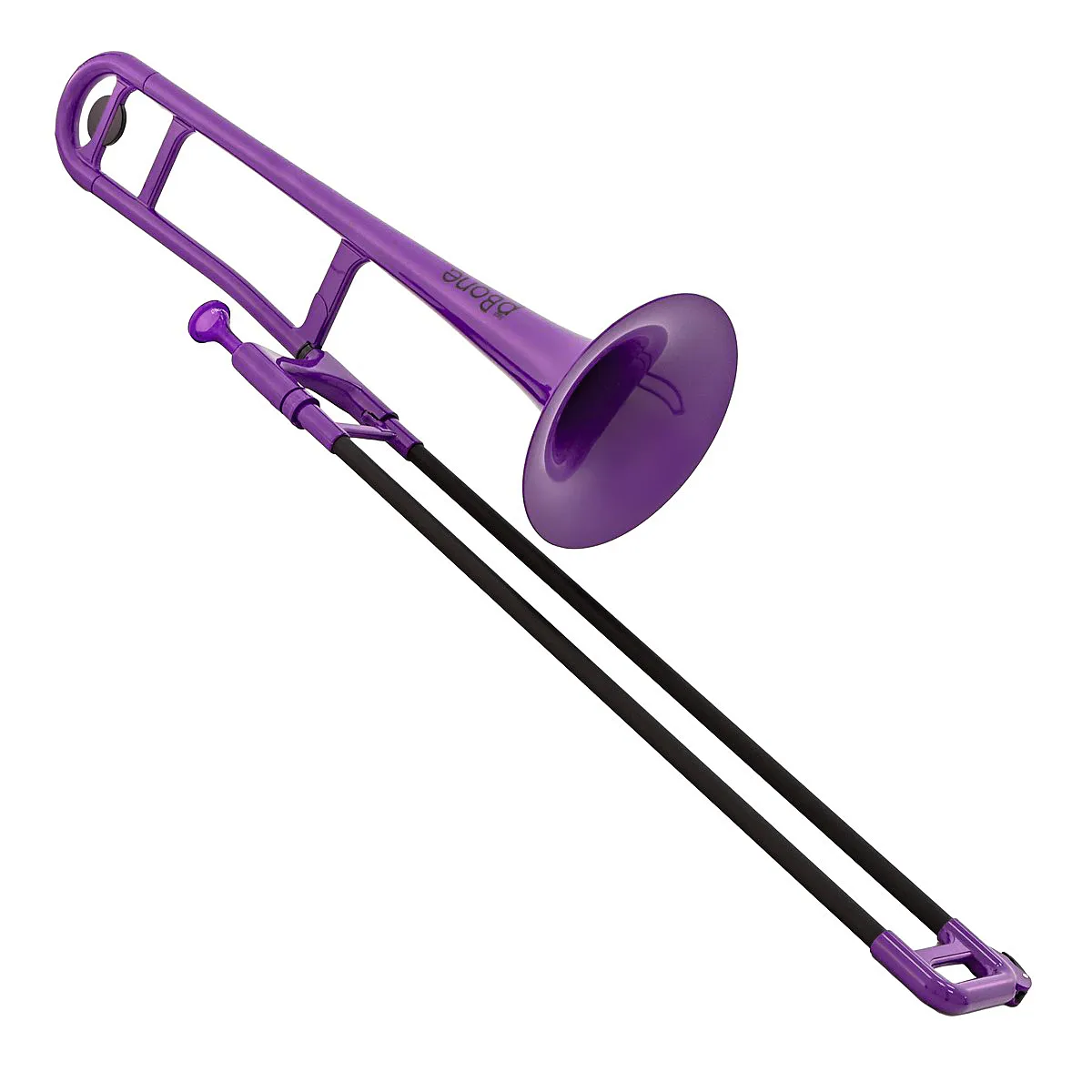
Although single-use plastic is enemy number one, plastic per se isn’t necessarily bad news. ‘We encourage people to reuse our instruments and we offer repairs, frequently with free replacement parts,’ says Greenall. ‘When the instrument eventually reaches the end of its life, it can then be recycled.’ At present, the pBone – alongside the pCornet, pTrumpet, pBugle and pBuzz (an entry-level generic ‘brass’ instrument) – is made from new plastic, but there are plans to use recycled material. ‘The next phase of the journey is to be able to turn a broken garden chair into a trumpet,’ says Greenall. ‘We’re currently working with Coventry and Warwickshire County Council to use raw recycled material in instruments. You can buy ocean-waste plastic, but we need to know exactly what goes into our products, especially as they are used by children.’
This is less of an issue when the instrument does not need to be blown. Several companies have started selling guitar plectrums made from recycled plastic, and percussionists have been experimenting with sounds created from plastic waste. And East Neuk Festival in Scotland has planned a large-scale series of community beach cleans from which rubbish will be used to make instruments for a 100-piece ensemble – the Fantastic Plastic Parade Band was due to form in 2020, and the festival hopes to revisit the project.
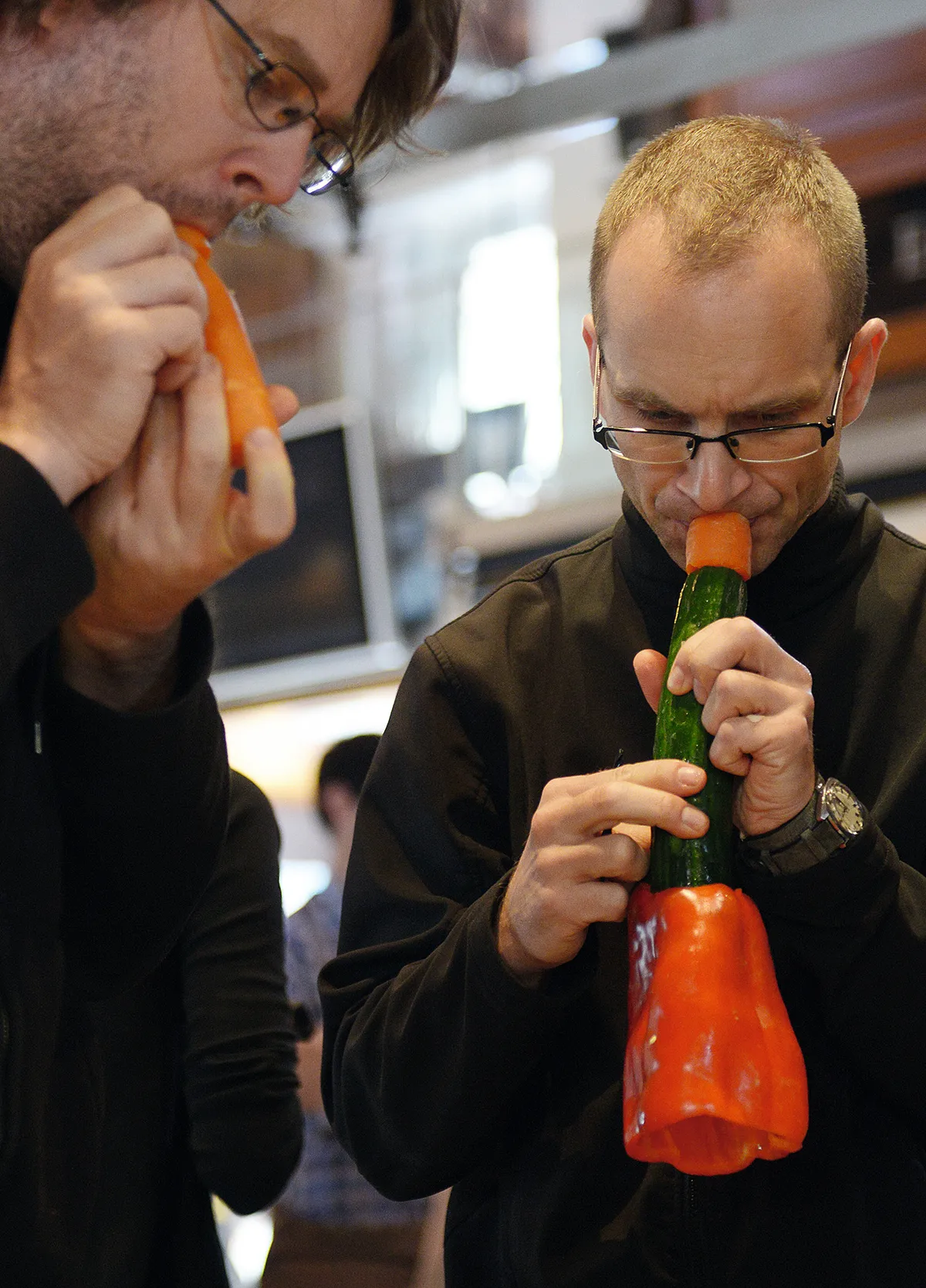
‘Tickling the plastics’ may not sound quite as poetic as ‘tickling the ivories’, but few pianos in Europe and the US have keys made from elephant tusks any more. Most of the major manufacturers, including Bösendorfer, Yamaha and Steinway, use a synthetic key top that most pianists say offers a better touch than ivory. It also has the added benefit of not yellowing over age – or inciting illegal poaching. However, despite long-term campaigns to protect elephants and the Convention on International Trade in Endangered Species of Wild Fauna and Flora (CITES), ivory is still used by a minority of piano makers who sell to countries including China. CITES has subsequently limited use of other natural materials such as rosewood, a popular choice for guitar makers. Using the wood is not outlawed entirely, but there are severe restrictions. Obvious material alternatives like ebony and mahogany are also on the risk list, so makers are currently experimenting with the likes of ovangkol, ziricote and maple.
Often, using a different material means rethinking some aspects of the original instrument. ‘We had to reinvent the internal system of the trombone,’ says Greenall, whose instruments produce a surprisingly effective sound. ‘Unless you’re a professional musician it’s difficult to tell the difference between a plastic “brass” instrument and an original.’ Although Warwick Music’s p-range is aimed at the education market, orchestral brass sections may one day be replaced by plastics. ‘One of our instruments was used during a rehearsal at a professional British orchestra and the conductor didn’t notice,’ smiles Greenall, refusing to disclose either the ensemble or the maestro in question.
The need to recycle is also helping to inspire new configurations of existing instruments. Pianist Sarah Nicholls has reworked her 1900 Erard, ‘a lovely but very old and dying instrument’, so that the casing sits vertically rather than horizontally: this allows the strings to be used alongside the keys, creating a new set of timbres. Nicholls is now raising funds to enable the production of a new instrument, dubbed the ‘Standing Grand’, which – she hopes – will appeal to musicians with small living spaces who are intrigued by the new soundworld it offers.
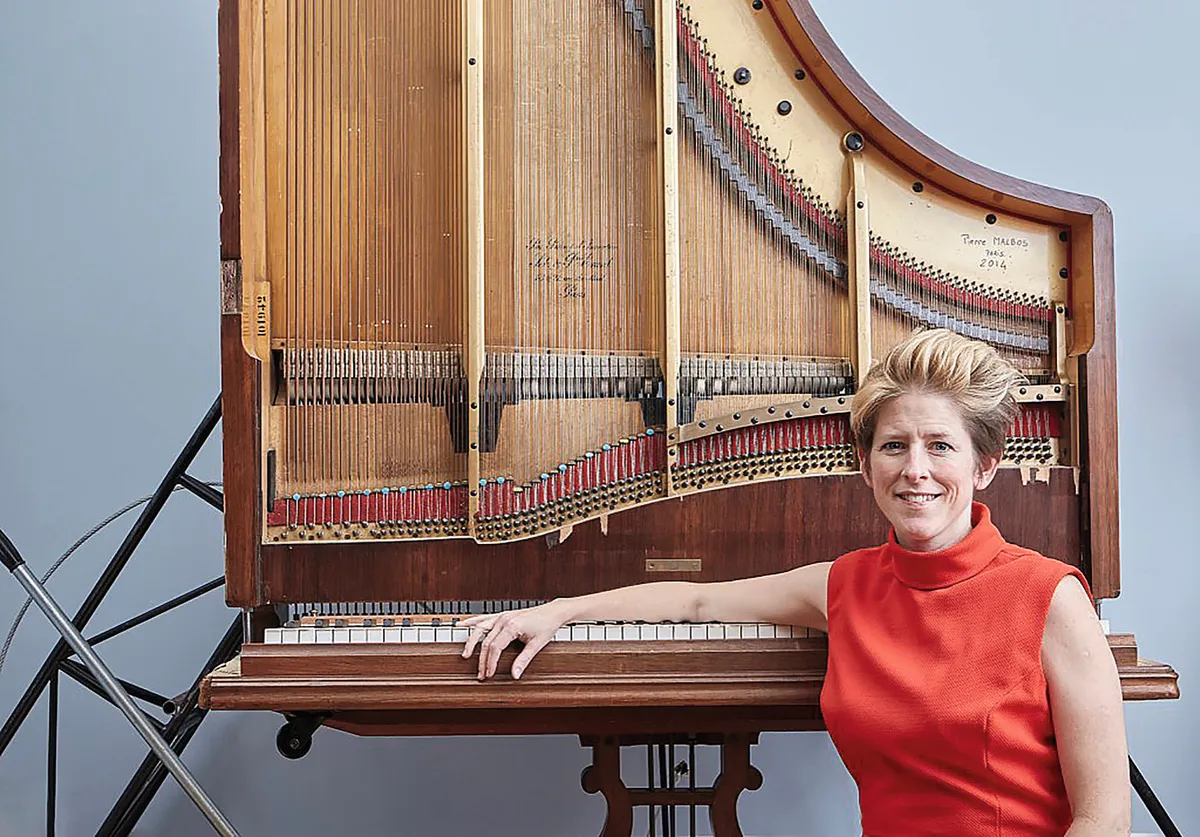
Meanwhile, Trees of Music has shown another form of enterprise, one familiar since the pandemic: its promotional video presents a ‘patchwork’ virtual string orchestra made up of leading string players – including Barley, Mullova and her double bassist son Misha Mullov-Abbado – playing an arrangement of Lua Branca and Yayá Fazenda by Chiquinha Gonzaga, Brazil’s first woman conductor. ‘We owe so much to a Brazilian tree,’ concludes Barley, ‘We must work together to protect it.’
The ensembles and orchestras making music out of recycled instruments
The Junk Orchestra
Members of the Junk Orchestra, founded by Saul Eisenberg, make their own instruments from rubbish, creating curious percussive sounds dubbed ‘rock ‘n’ recycle’. The ensemble leads workshops in schools and healthcare settings and is a big hit with youngsters, having appeared on the popular CBeebies programme Justin’s House.
The Vegetable Orchestra
The Vienna-based Vegetable Orchestra performs on a bizarre lineup that includes a cucumberphone, carrot flute, pepper horn, pumpkin triangle, onion maracas and a leek violin. There’s no waste from this edible ensemble: after performances, a chef turns the instruments into soup.